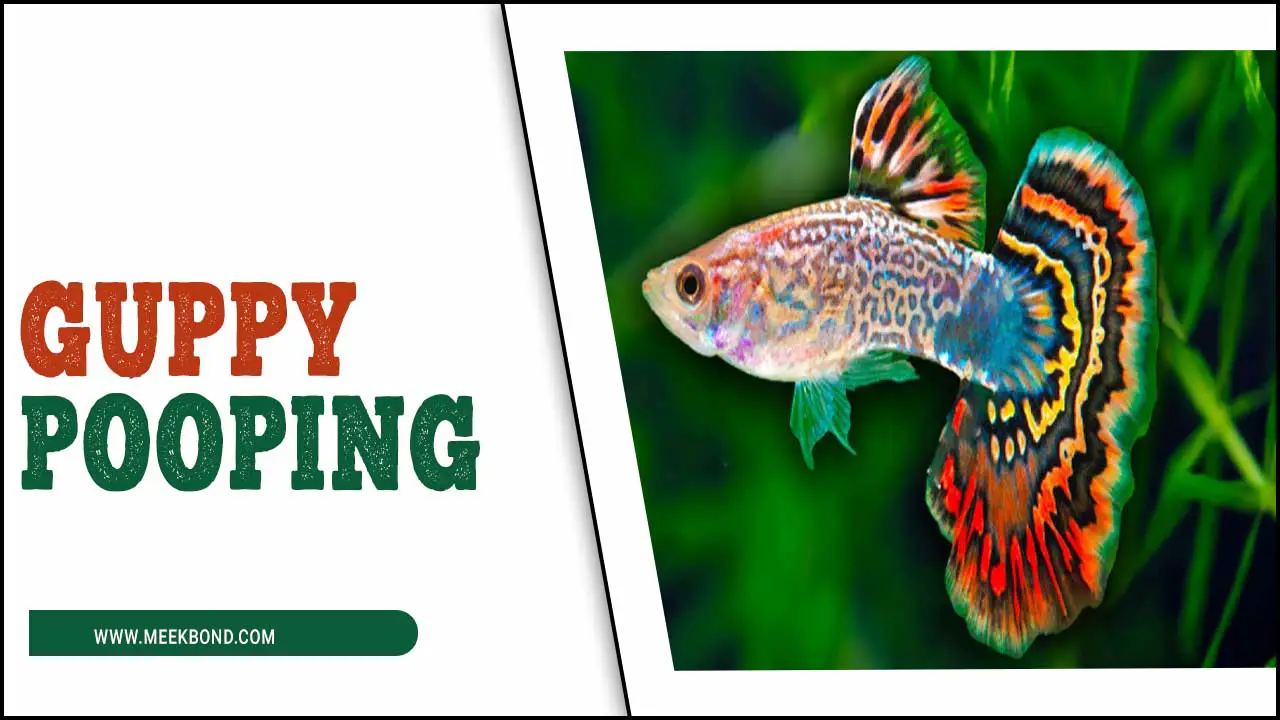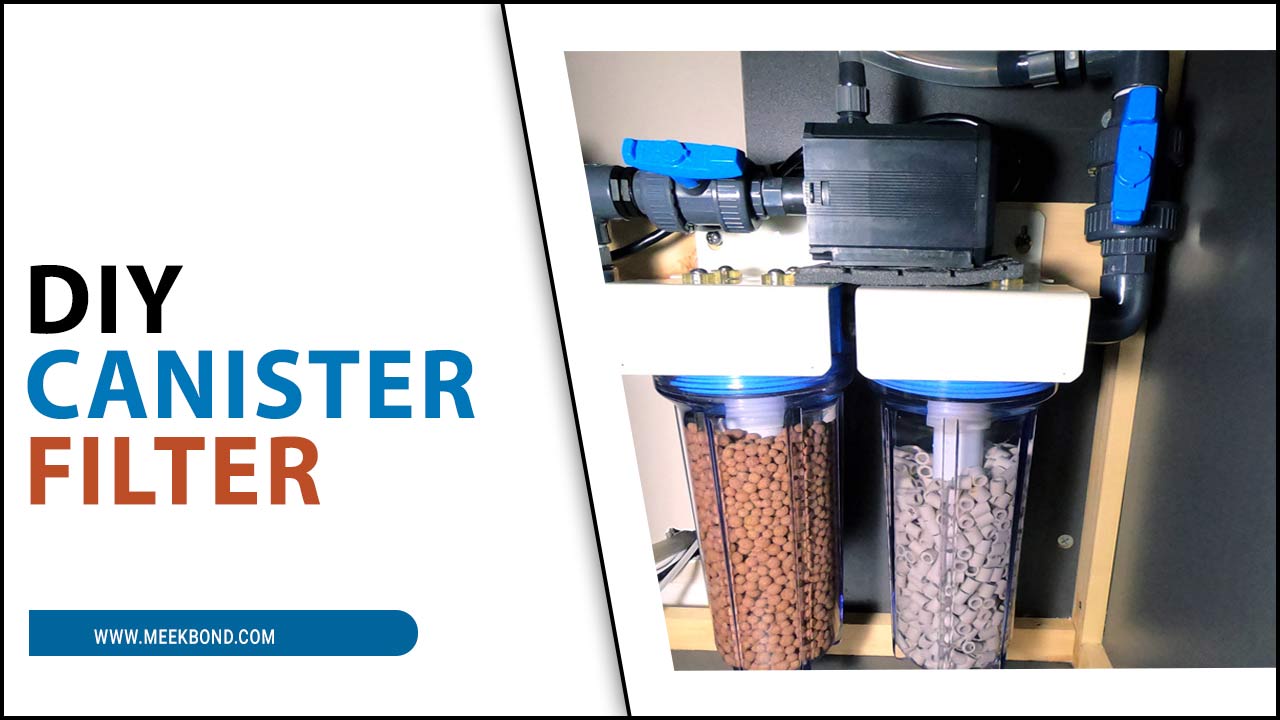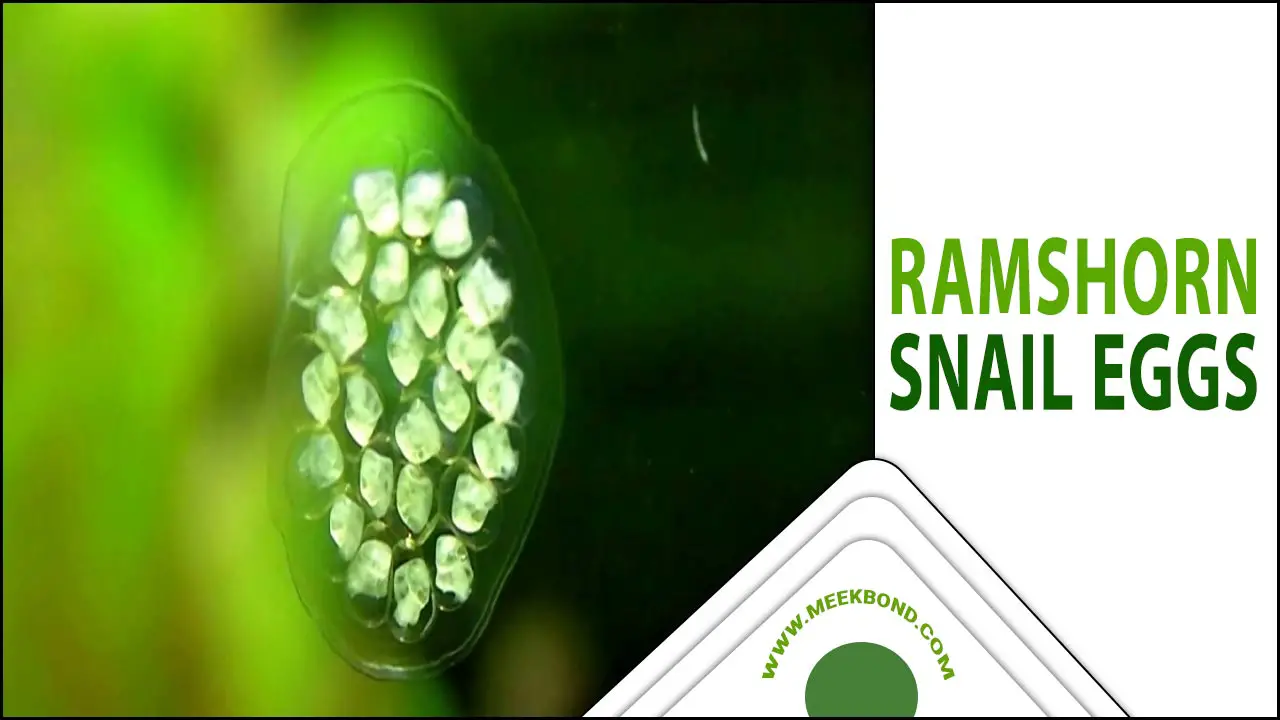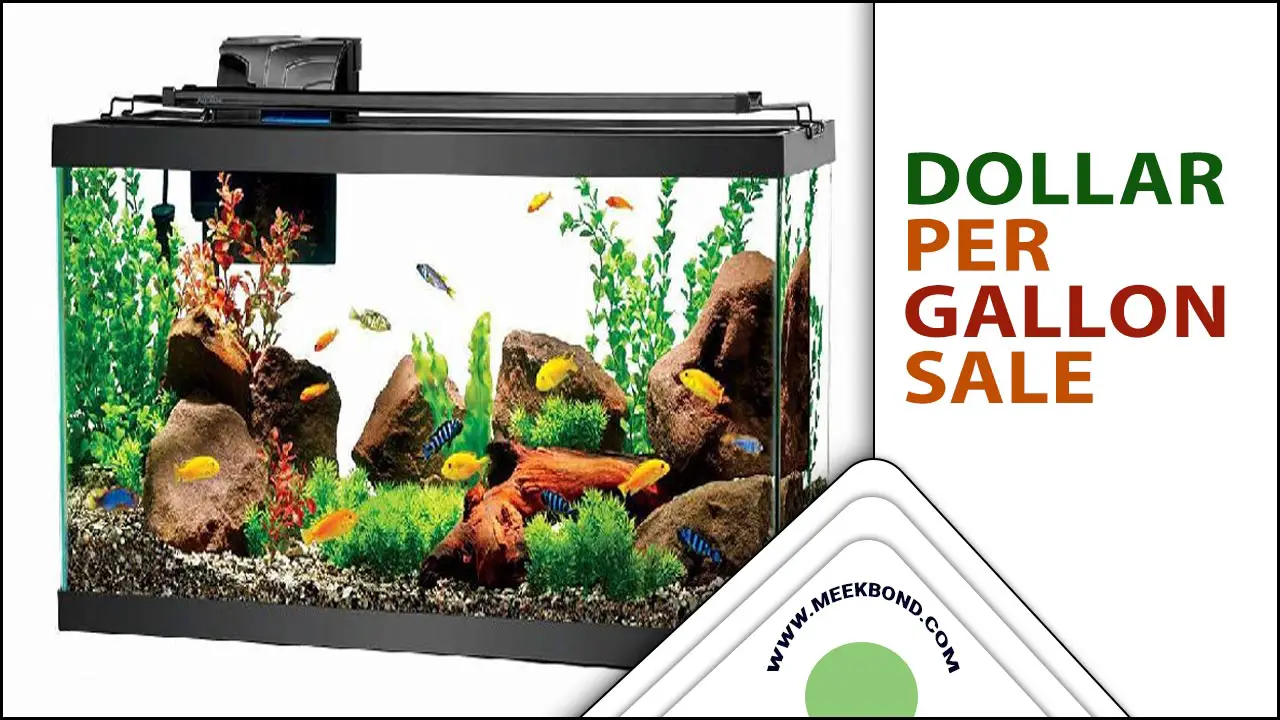Aquariums are a wonderful addition to any home or office, bringing a sense of tranquillity and beauty to any space. However, maintaining a healthy and thriving aquarium requires knowledge and commitment.
One essential aspect of aquarium maintenance is the addition of sucker fish. These fascinating fish add a unique charm to your aquarium and serve an important purpose- algae control. Sucker fish are known for their ability to eat algae and keep the aquarium clean, reducing the risk of harmful bacteria and diseases.
Here, we will explore the various types of sucker fish available for aquariums, their unique characteristics, and how to use sucker for algae control. Whether you are a seasoned aquarist or just beginning your journey, you will gain valuable insight into aquariums and the benefits of adding sucker fish to your ecosystem. From their fascinating behaviour to their important role in maintaining a healthy aquarium, get ready to dive into the world of aquarium sucker fish.
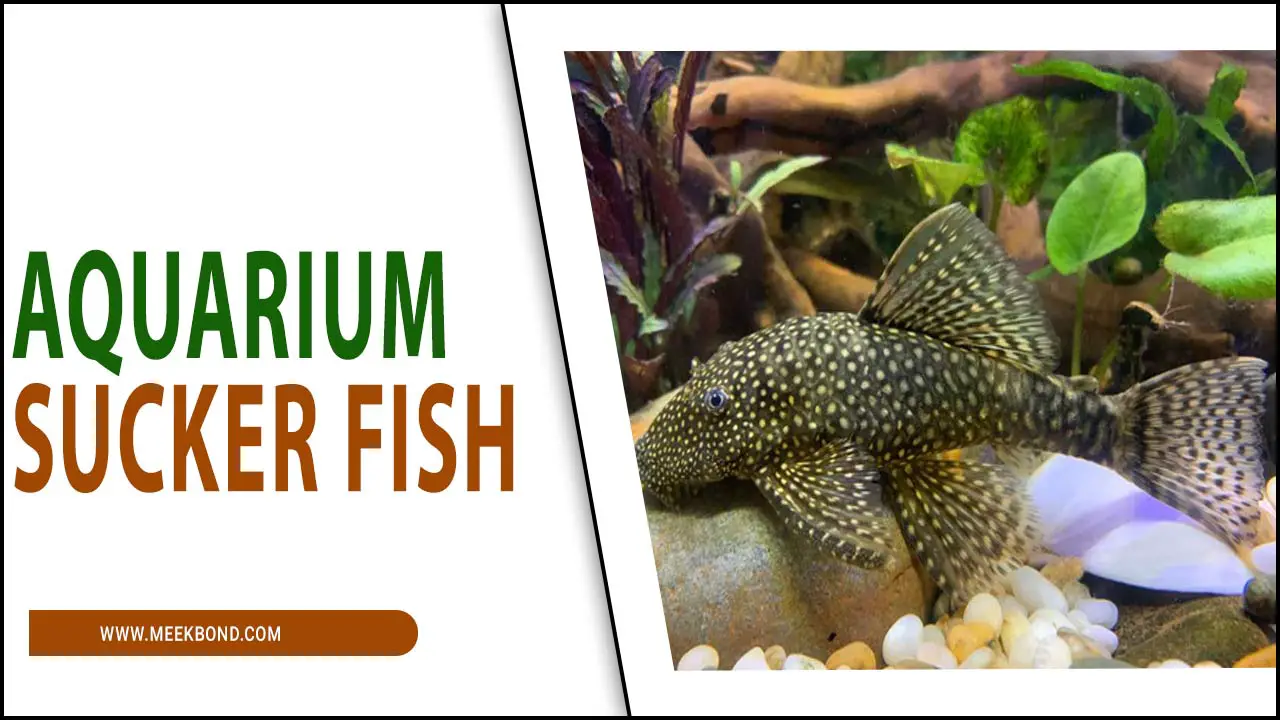
How To Use Aquarium Sucker Fish To Control Algae
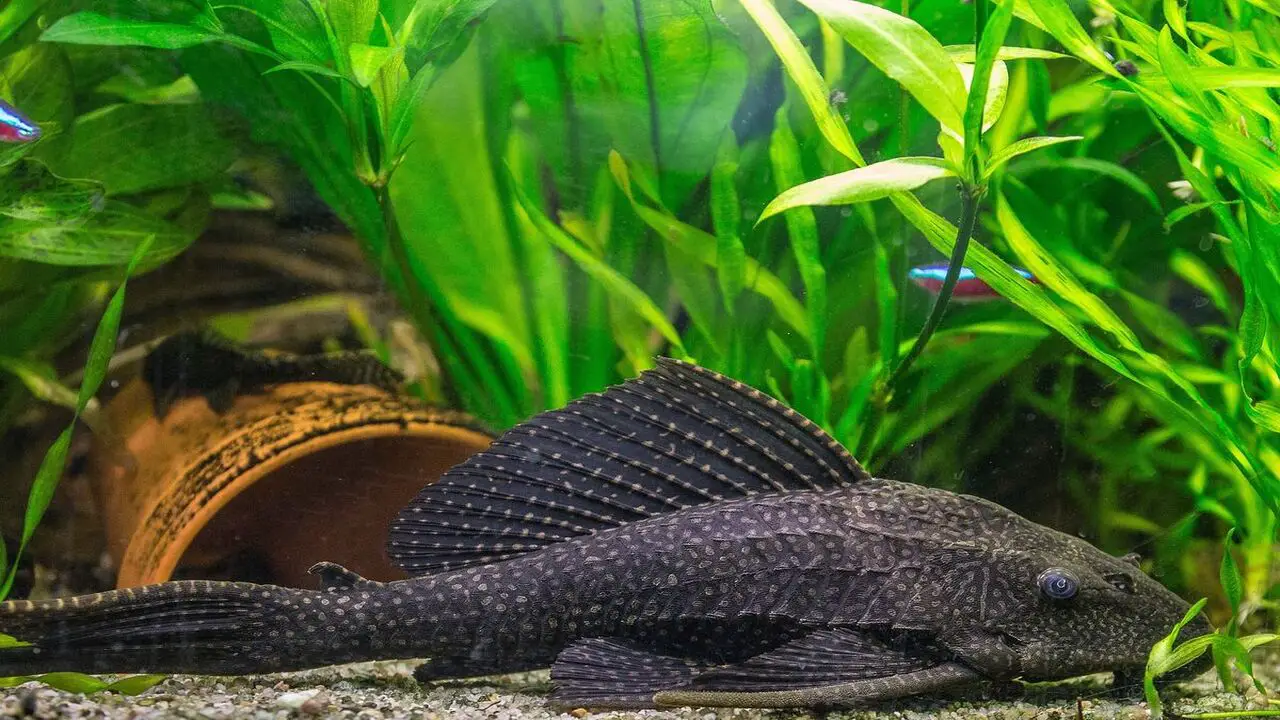
Aquarium sucker fish, algae eaters or plecos are popular for controlling algae growth in aquariums. These fish are popular for their ability to consume various types of algae and keep the tank clean and healthy.
However, it is important to note that not all species of algae can be controlled by sucker fish, and they should not be relied upon as the sole method of algae control. To effectively use sucker fish to control algae, it is important first to identify the type of algae in the tank. Some common types of algae that sucker fish can control include
- Green algae,
- Brown algae, and
- Diatoms.
However, these fish typically do not consume hair algae and blue-green algae. It is also important to maintain the aquarium properly, with appropriate lighting and nutrient levels, to prevent excessive algae growth. In addition to identifying the type of algae and maintaining the aquarium properly, selecting the appropriate species of sucker fish for the tank is important.
Different species have different dietary preferences and may not effectively control certain algae types. Providing the fish with a balanced diet is also important, as they may not consume enough algae to sustain themselves. With proper care and attention, sucker fish can help improve the overall circumstances in a fish tank.
Types Of Sucker Fish Available For Aquariums
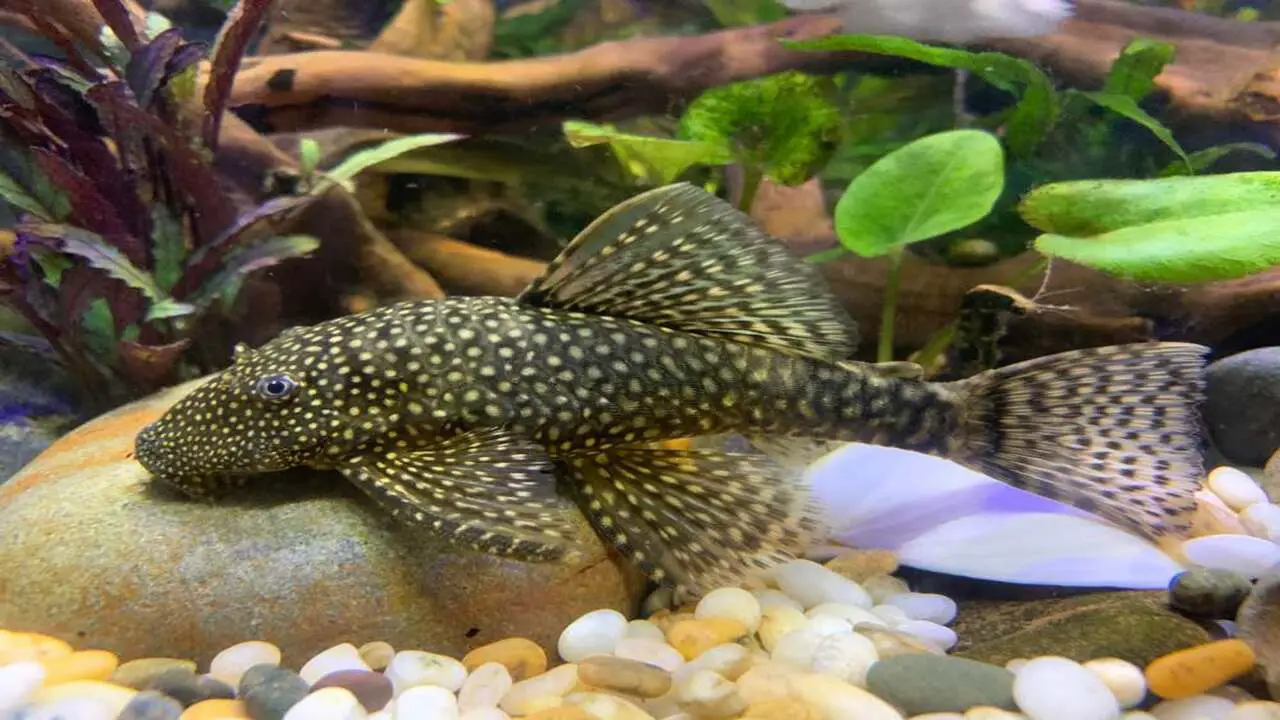
Many different species of sucker fish are popular in the aquarium trade. Each species has its own unique characteristics and requirements, so it’s important for aquarium hobbyists to research the specific species they find interest in before making a purchase. Some of the most common types include
- The bristlenose pleco,
- The rubber lip pleco,
- The clown pleco,
- The sailfin pleco, and
- The common pleco.
From keeping your tank clean and tidy to providing hours of entertainment, these little guys are a must-have for any aquarium enthusiast. An aquarium sucker fish is a popular addition to many home aquariums. These fish are popular for their ability to clean and maintain the tank, as they use their suction cups to cling to surfaces and eat algae and other debris.
How To Care For Your Sucker Fish
You must know several things to ensure your fish stays healthy and happy. First, you need to provide a suitable environment for your fish. You must maintain a clean, well-filtered aquarium with plenty of hiding places. Sucker fish are bottom-dwellers, so make sure there’s enough substrate at the bottom of the tank for them to scavenge.
You must ensure you’re feeding your suckerfish a balanced diet. They are omnivorous, which means they eat both plant and animal matter. You can feed them sinking pellets or algae wafers and supplement their diet with fresh vegetables like zucchini and spinach.
You need to monitor the water parameters regularly. Sucker fish are sensitive to changes in water chemistry, so you must ensure that the water is always clean and well-oxygenated. Breeding your sucker fish can be a rewarding experience for any aquarium enthusiast.
These fish, known for their ability to clean aquarium walls, are also fascinating to observe during their breeding process. It’s important to ensure that the aquarium environment is suitable for your fish when it comes to breeding. Ensure the water temperature is between 72-82°F, the pH level is around 7.0-7.5, and the water is well-filtered. Once you have prepared the aquarium, the breeding process can begin.
Understanding The Needs Of A Sucker Fish
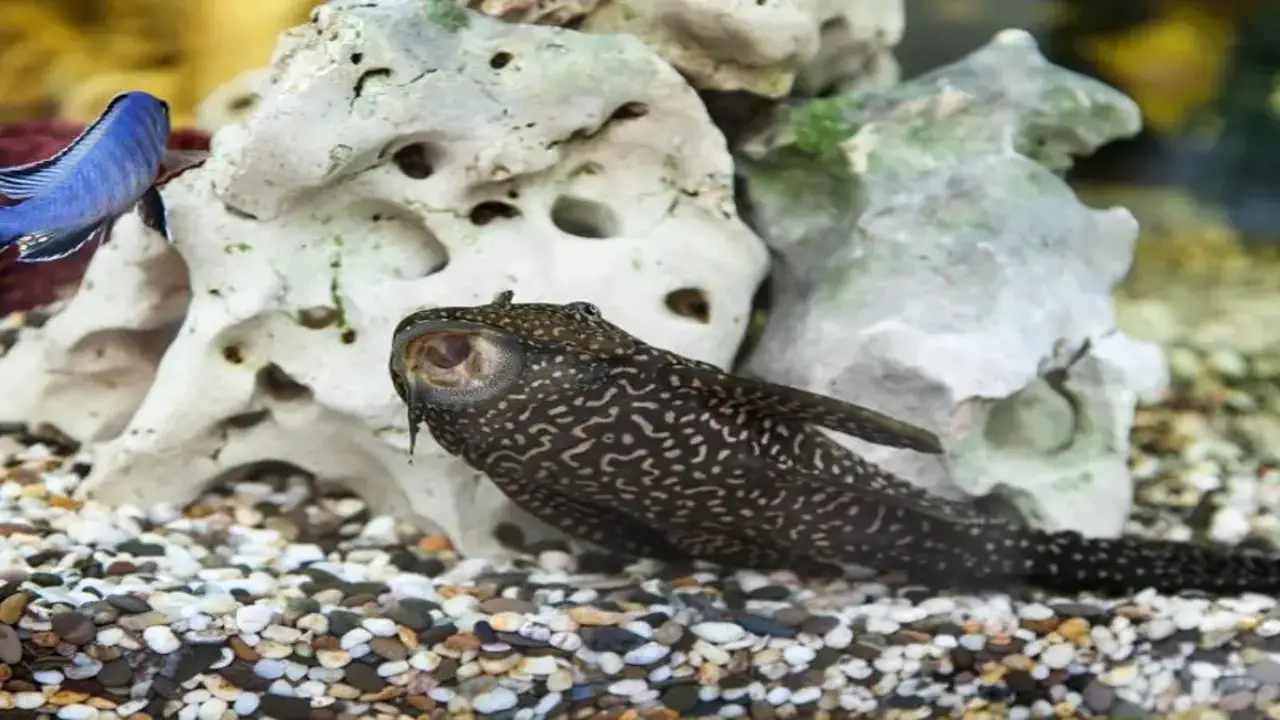
Understanding the needs of an aquarium suckerfish is crucial for its proper care and well-being. These fish are well-known for their ability to attach themselves to surfaces using their mouth, which is specifically designed for suction.
This adaptation allows them to feed on algae and other debris that accumulate on the surfaces of the aquarium. To maintain a healthy environment for the sucker fish, it is important to ensure the water is clean. And well-oxygenated, with a suitable pH level and temperature.
Maintaining a healthy and visually appealing aquarium requires careful consideration of the various factors contributing to its well-being. One important aspect is controlling the growth of algae, which can quickly overrun an aquarium and harm the fish and other aquatic life. Introducing sucker fish effectively controls algae, which can help keep the algae population in check.
Choosing The Right Tank For Your Sucker Fish
A suckerfish needs a spacious aquarium with plenty of hiding places, such as rocks, plants, and driftwood. These fish are social creatures, so keeping them in groups of at least 3-4 individuals is recommended. Regarding their diet, various foods should offer, including algae wafers, vegetables, and live or frozen foods such as brine shrimp or bloodworms. When selecting a tank, there are a few factors to consider.
- First, consider the size of your fish and how much space they need to swim around comfortably.
- Next, consider the type of tank you want – a glass or acrylic tank has both benefits and drawbacks.
- You’ll also want to consider the placement of your tank in your home.
- And ensure that it’s away from direct sunlight and any drafts.
These fish are bottom-dwellers and grow quite large, so it’s important to select a spacious tank to accommodate their needs. A general rule of thumb is to provide a minimum of 20 gallons of water for one sucker fish, with an additional 10 gallons for every additional fish. Choosing a tank with a good filtration system is also important since sucker fish produce a lot of waste.
Setting Up The Ideal Environment For Your Sucker Fish
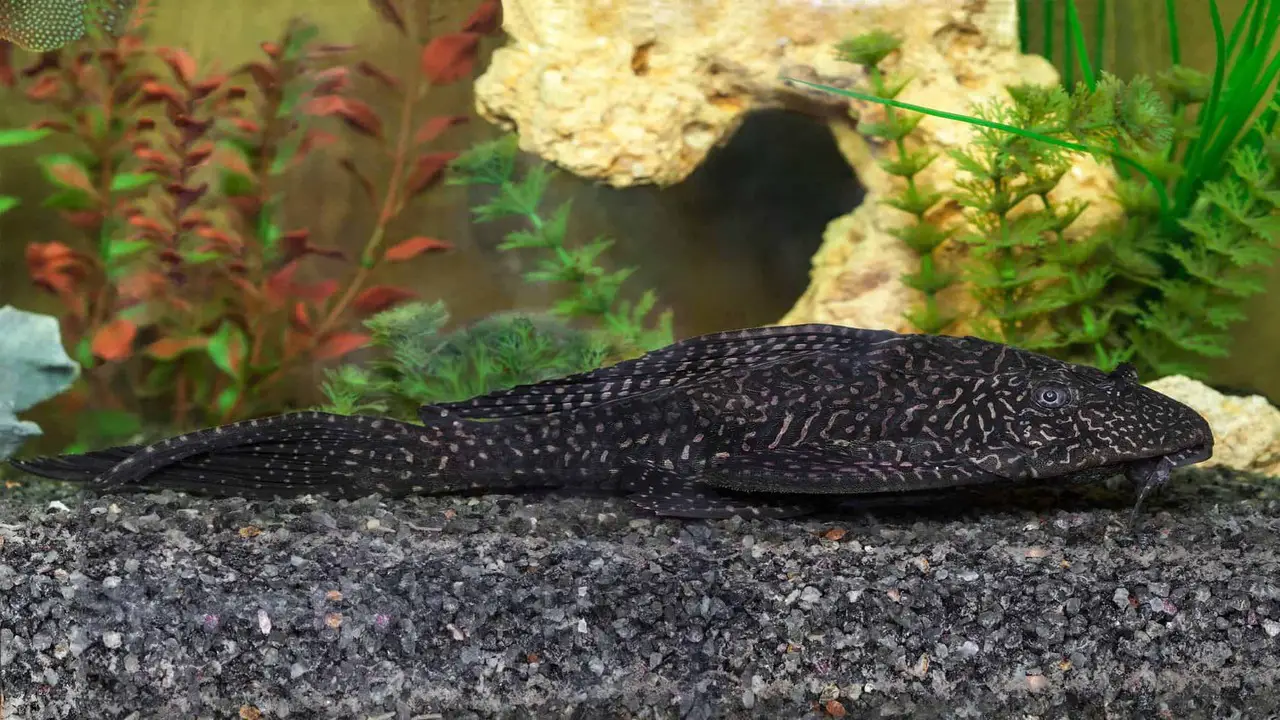
Setting up the ideal environment for sucker fish ensures they thrive and live a healthy life. These fascinating creatures are known for their ability to clean aquariums by eating algae and other debris. Choose the right tank size to create a suitable environment for your sucker fish. Suckerfish can grow up to 12 inches, so providing enough space to swim and move around is important. A 30-gallon tank or larger is recommended.
Next, consider the water temperature and pH level. Suckerfish prefer temperatures between 72-82°F and a pH between 6.5-7.5. Monitor the water temperature regularly and use a good quality water testing kit to check the pH level. Adding plants and decorations to the tank creates a beautiful environment and provides hiding places for your sucker fish. Finally, make sure to provide your sucker fish with the right food.
Maintaining The Water Quality Of Your Sucker Fish Tank
Maintaining the water quality of your aquarium is essential for the health and well-being of your sucker fish. These fish are known for their ability to clean up algae and other debris from the tank, but they also produce waste that can quickly pollute the water.
You must establish a regular maintenance routine to keep the water quality in check. This includes monitoring the water temperature, pH, and ammonia levels, changing the water and cleaning the filter regularly. It is also important to avoid overfeeding your sucker fish, as excess food can contribute to the buildup of harmful bacteria and algae.
One effective way to maintain water quality is to use a specialized aquarium sucker, such as a Plecostomus or a Chinese algae eater. These fish are specifically bred to clean up algae and other debris, and they can help keep the tank looking clean and healthy. However, it is important to note that these fish require specific care and attention, and they may not be suitable for all types
Setting Up The Aquarium For Sucker Fish
Aquarium algae eaters can be a great addition to your aquarium to help control algae growth. Before adding these fish to your tank, setting up the aquarium properly is important to ensure their health and well-being.
Firstly, ensure the aquarium is large enough to accommodate the sucker fish. These fish can grow up to several inches in length, so a tank of at least 20 gallons is recommended for one or two fish. It’s also important to provide plenty of hiding places, such as rocks or plants, for the fish to feel secure.
Additionally, ensure that the water in the aquarium is well-maintained with appropriate pH levels and temperature. Once the aquarium is properly set up, you can introduce the suckerfish to the tank to help control algae growth and keep your aquarium clean.
Feeding Your Sucker Fish
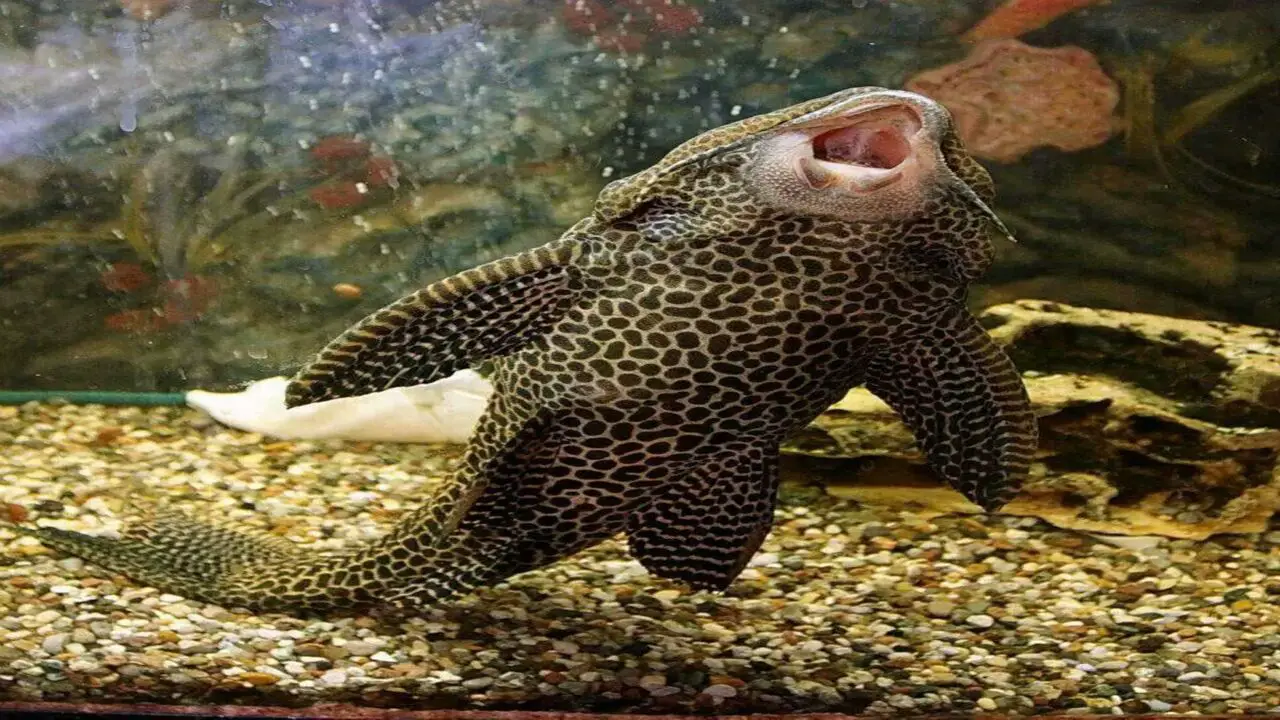
An aquarium sucker is a common and popular addition to many aquariums. These fish are known for their ability to clean the tanks by feeding on algae and other debris that accumulates at the bottom of the tank. However, it’s important to remember that they still require proper feeding to maintain their health and well-being. Feeding your suckerfish should do with care and attention to their specific dietary needs.
These fish are primarily herbivorous and enjoy feeding on vegetables such as zucchini, spinach, and lettuce. It’s also important to provide them with a balanced diet that includes commercial fish food and occasional treats such as brine shrimp or bloodworms.
Overfeeding can harm your suckerfish and lead to health problems, so feeding them what they can consume quickly is important. In addition to providing them with proper nutrition, it’s important to keep their tank clean and well-maintained to ensure their health and longevity.
Monitoring Algae Levels In The Aquarium
It’s important to monitor the algae levels in the aquarium to ensure the suckerfish can keep up with the demand. Algae levels can fluctuate depending on lighting, water quality, and the number of fish in the tank. Therefore, it’s important to regularly check the levels and adjust the feeding and maintenance of the aquarium accordingly.
To monitor the algae levels, start by observing the color and clarity of the water. If the water is murky or green, it may indicate an excess of algae. Additionally, check the walls and decorations of the aquarium for visible algae growth.
If algae are present, don’t panic – this is normal to a certain extent. However, if the levels are too high, consider adding more sucker fish or adjusting the lighting and maintenance schedule. A healthy balance of algae in the aquarium can benefit the ecosystem by providing a food source for other fish and promoting a natural habitat.
Cleaning And Maintaining Your Sucker Fish Tank
There are a few things you should keep in mind. First and foremost, having sucker fish in your tank is important as they are excellent at keeping the tank clean. These fish can suck up algae and other debris from the tank, which helps keep the water clean and clear.
You must clean the tank regularly to ensure your suckerfish stays healthy. This involves removing excess food, waste, and debris from the bottom of the tank using a siphon or gravel vacuum. You should also clean the tank walls and decorations with a soft brush or sponge to remove algae buildup.
In addition to regular cleaning, it’s important to maintain proper water conditions in your suckerfish tank. This means regularly testing the water for pH, ammonia, and nitrate levels and adjusting as needed. You’ll also need to perform partial water changes on a regular basis to help keep the water clean
Common Health Issues Of Sucker Fish And How To Treat Them
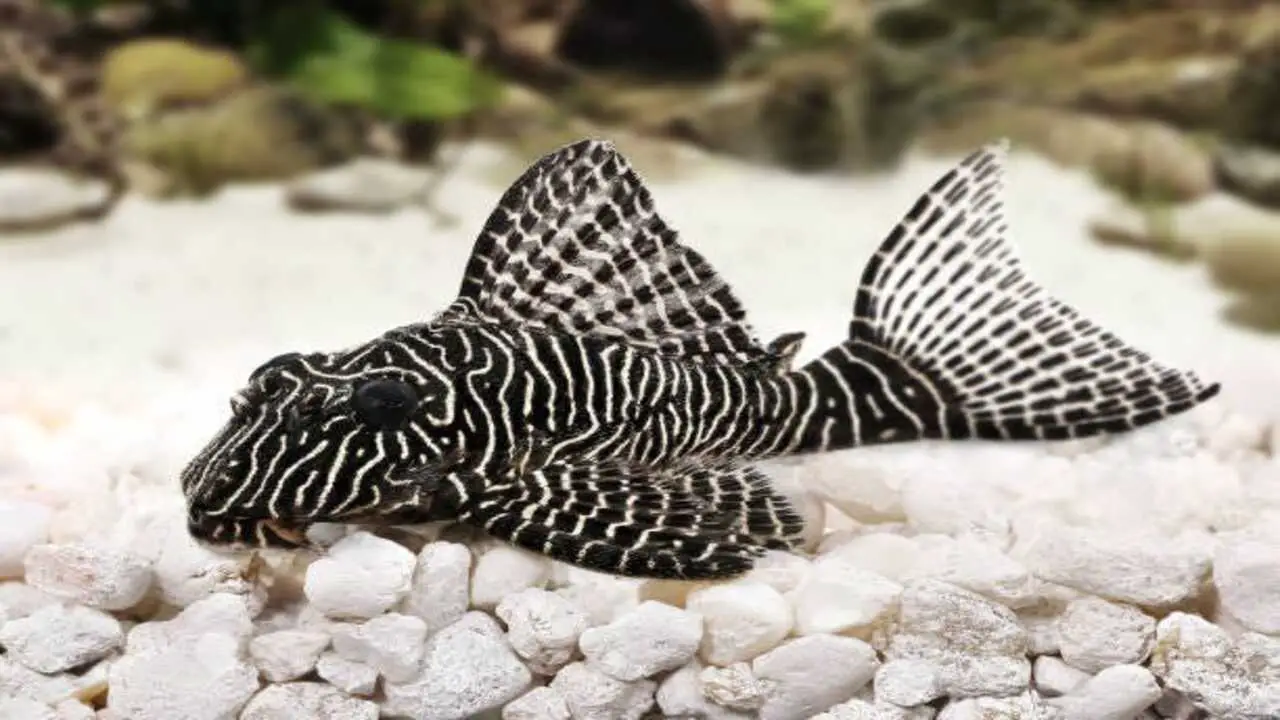
A common sight in many aquariums is the suckerfish, the plecostomus. These fish are popular for their ability to clean algae from tank walls but are not immune to health issues. One of the most common health problems that sucker fish face is constipation.
Overfeeding and improper diet can lead to this issue, and it can cause the fish to become lethargic and even lose its appetite. To treat constipation, owners can feed the fish a diet of vegetables or use a commercial food specifically designed to alleviate constipation.
Another health issue that can affect sucker fish is swim bladder disorder. This is when the fish cannot control its buoyancy and may float or sink to the bottom of the tank. The causes of swim bladder disorder can vary, but it is often due to overfeeding or poor water quality. To treat this issue, owners should monitor the fish’s diet and ensure that the water in the tank is clean and well-maintained.
Conclusion
One of the main benefits of keeping sucker fish in an aquarium is their ability to help keep the tank clean. Sucker fish are known for their ability to eat algae and other debris that can accumulate in an aquarium. They are also known for their unique appearance, long, slimy bodies and distinctive sucker-like mouths.
Many aquarium owners enjoy watching their sucker fish glide gracefully through the water, using their fins to propel themselves forward. They also have a relatively low maintenance requirement, making them a great addition for beginner aquarists.
However, it’s important to note that many species of sucker fish can grow quite large and may require a larger aquarium as they mature. Overall, sucker fish are a great addition to any aquarium and can provide both aesthetic and practical benefits.
FAQS
What Are Some Common Species Of Aquarium Sucker, And What Are Their Unique Characteristics?
There are several common species of sucker fish, including:
1.Plecostomus: Also known as “plecos,” these fish can eat algae and keep the aquarium clean.
2.Siamese algae eater: These fish are also great at cleaning algae but are more active and social than plecos.
How Do Aquarium Sucker Contribute To A Tank’s Health And Cleanliness?
Aquarium sucker, algae eaters, contribute to a tank’s overall health and cleanliness by consuming algae and other debris that can accumulate in the tank. Excess algae can cause water quality problems, such as reduced oxygen levels and increased ammonia and nitrate levels, harming fish and other aquatic creatures.
What Should You Consider When Selecting An Aquarium Sucker For Your Tank, And How Many Should You Have?
Some species of sucker fish may be more territorial and require more space, while others may be more social and can be kept in groups. Generally, one or two suckers are sufficient for small tanks, while larger tanks may require multiple suckers.
What Common Health Issues Can Affect Aquarium Sucker, And How Can You Prevent Or Treat Them?
Common health issues affecting aquarium sucker include bacterial and fungal infections, parasitic infestations, and swim bladder disorder.
How Should You Care For And Maintain Your Aquarium Sucker, Including Feeding, Cleaning, And Water Quality Management?
Sucker fish are primarily herbivorous and should be fed a diet of algae wafers, spirulina flakes, and fresh vegetables such as zucchini, cucumber, and spinach. Avoid overfeeding, as this can lead to poor water quality.

Aquarium passion is all about connecting with the aquatic life and providing education to the public on the importance of these creatures. We showcase a wide variety of marine life through our exhibits as well as working with schools to provide unique learning opportunities for students of all ages.

